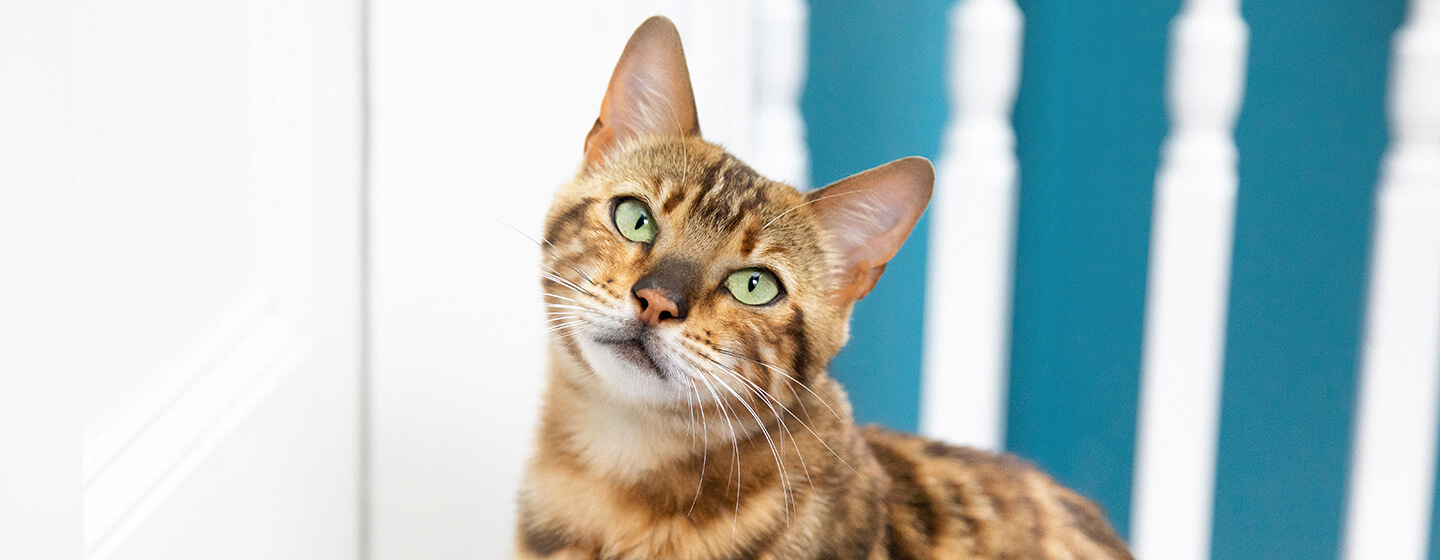
Cats are fascinating creatures, and one of the most unique features they have are their whiskers. These long, sensitive hairs are not just for show - they serve a variety of important functions for our feline friends. In this article, we'll explore why cats have whiskers and what makes them so special.
What Are Whiskers?

Whiskers, also known as vibrissae, are long, stiff hairs that grow around a cat's face. They are much thicker and more deeply rooted than regular fur, and they have a rich supply of nerve endings at their base. Cats have whiskers above their eyes, on their cheeks, and around their mouths, and they can even have some on their chin and forelegs.
What Do Whiskers Do?

Whiskers are incredibly sensitive, and they serve a variety of important functions for cats:
- Navigation: Whiskers can help cats navigate in the dark or in unfamiliar spaces. They can detect changes in air currents and vibrations, which can help a cat determine the size, shape, and location of objects around them.
- Mood: Whiskers can also reflect a cat's mood. When a cat is happy and relaxed, their whiskers will be in a neutral position. When they're feeling threatened or aggressive, their whiskers will be pulled back against their face.
- Communication: Cats can also use their whiskers to communicate with other cats. For example, a dominant cat may use their whiskers to signal their superiority by holding them forward and erect, while a submissive cat may hold their whiskers back against their face.
- Protection: Whiskers can also protect a cat's eyes and face from injury. They are incredibly sensitive, and if a whisker is bent or broken, it can trigger a reflexive blink that can protect the cat's eyes.
When Do Cats Use Their Whiskers?
Cats use their whiskers all the time, even when they're just sitting still. They may use their whiskers to explore their environment, to communicate with other cats, or simply to sense changes in the air. They may also use their whiskers to help them judge the size and distance of objects, which can be especially helpful when they're hunting or playing.
Do All Cats Have Whiskers?
Yes, all cats have whiskers! Even big cats like lions and tigers have whiskers. In fact, whiskers are found on almost all mammals - not just cats. Dogs, rabbits, rats, and even some seals and walruses have whiskers, too.
Conclusion
Whiskers may seem like a small and insignificant part of a cat's body, but they are actually incredibly important. They help cats navigate, communicate, and protect themselves, and they give us a glimpse into the fascinating world of feline senses. So the next time you see a cat with whiskers, take a moment to appreciate just how special they really are.